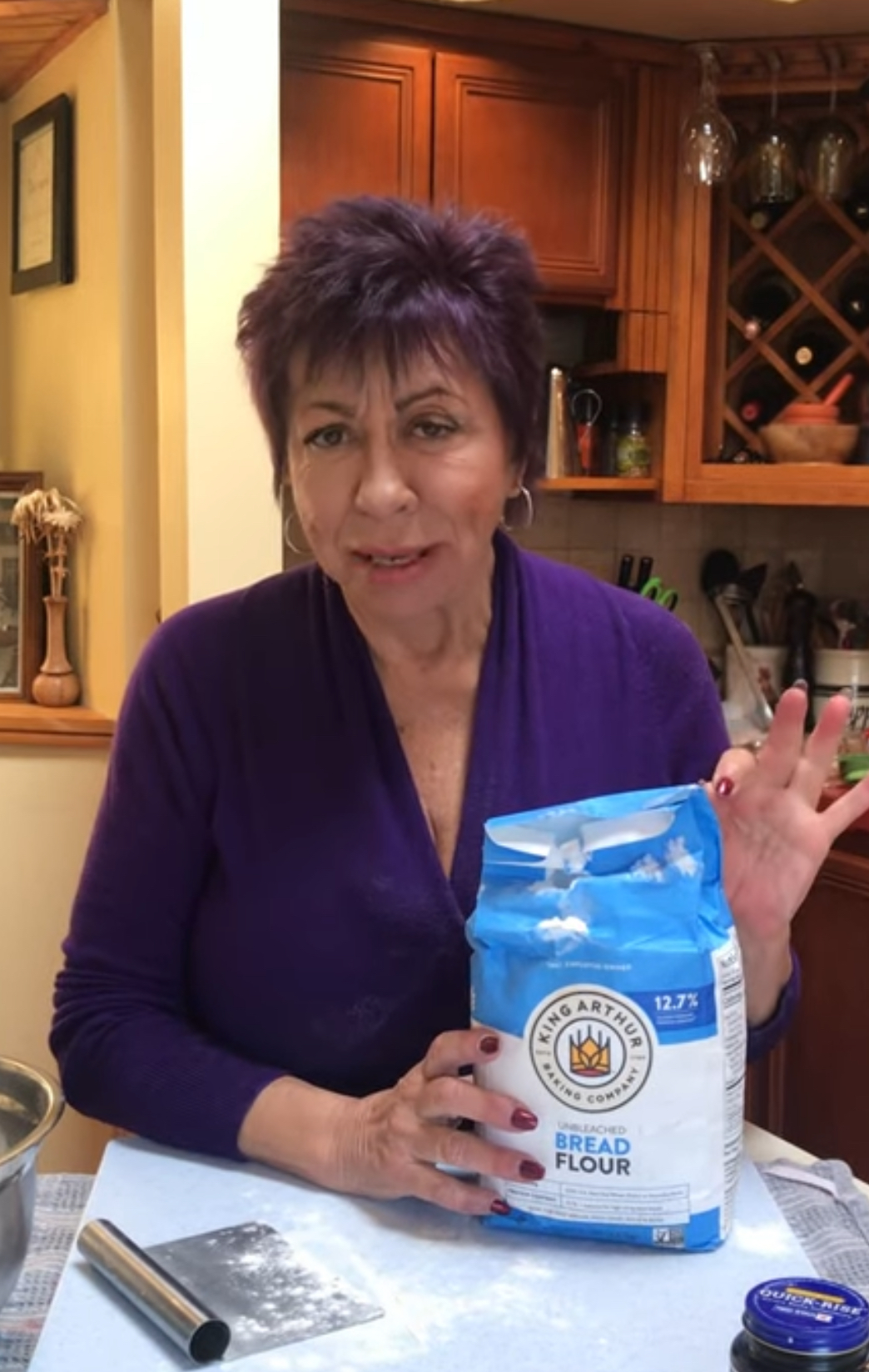The Truth about Certain Bottled Water Brands and How to Make Healthy Water Choices
- Chef Dedee, The Italian Diva Royale
- Jun 14
- 3 min read
Updated: Oct 28
Worst bottled water brands to avoid in the USA
We dive into crucial topics surrounding health and wellness. Today, we are shedding light on the risks associated with certain bottled water brands and the importance of making healthy water choices. With concerns about water quality and health on the rise, it's essential to be informed about the potential dangers lurking in some bottled water options. Join us as we explore how you can safeguard your health by choosing wisely and prioritizing water quality in your daily life.
What steps can we take to maintain adequate hydration and prevent a decline in our mental performance and physical coordination?

Unless it originates from a glacier or an enchanted spring, it's essentially the same thing. Or is it? Expensive premium brands face a challenge if they want to validate their price.
Explore the depths and uncover which brands create the most impact. Presenting the multi-billion dollar bottled water industry. Here are some fascinating facts about bottled water.
Deer Park - Promoted as 100% natural spring water, it has been discovered to contain PFS chemicals, which are linked to cancer and hormone disruption. Even legally permissible low levels pose health concerns over time.
Fiji Water - Although it is perceived as a luxury product, it has been discovered to contain significant amounts of microplastics. Critics also highlight its substantial carbon footprint and the reality that many Fijians still do not have access to clean water locally.
Crystal Geyser - Admitted guilt to unlawfully disposing of arsenic waste from its filtration process. It has also been noted for microplastic contamination and making misleading purity claims on its label.
Aquafina - It is produced using filtered tap water and is commonly found in coolers at parties and sports events, as well as in vending machines when no other options are available. Due to its widespread availability, many people who drink bottled water see it as the typical taste of packaged hydration. It is recognized for its bland flavor, deceptive branding, and, like many bottled waters today, contains microplastics.
Ethos - Tastes like tap water—not the filtered kind, but just what flows from the faucet when you turn the handle. The brand, known for helping children worldwide access clean water, seems like a wonderful social initiative, so much so that coffee giant, Starbucks, acquired the company to fill its refrigerated cases with takeaway bottles. However, as a bottled water, the product is quite lacking. Based on quality alone, it ranks among the least appealing options available. It's best to avoid this bottled water.
Kirkland. Costco sells Kirkland bottled water in large quantities. It's hard to resist buying a 40-pack for under $4.00 if you need a lot of water while sticking to your budget. However, there's a reason for the low price of Kirkland bottled water: it's also of low quality. You might notice an excessive mineral flavor, leaving an aftertaste reminiscent of spitting out bubble gum, yet your taste buds feel like you're still chewing.
Liquid Death - The foreboding name and intimidating tattoo logo don't make for the most inviting visible marketing. Typically, opening a lid is associated with beverages that fizz and pop, so opening one of these alternative water bottles seems wrong. It turns out Liquid Death provides a very clean-tasting still water typical of canned drinks, but with a hint of aluminum flavor. Its higher price compared to regular bottled water suggests an extraordinary drink, which doesn't quite deliver.
Pure Life - Water is essential for sustaining life. However, Nestlé, the company behind Pure Life, is more recognized for its candy bars than its healthy drinks. The claim that Pure Life is purified and enriched with minerals results in a taste reminiscent of filling an empty Kool-Aid cup with water.
Sam's Choice - It's unclear why Walmart chooses to compete with its own branded water by offering both Sam's Choice Purified Drinking Water and their other store brand, Great Value. The taste of Sam's Choice is strangely sweet, almost as if a hint of syrup was added during bottling, though not enough to turn it into soda. With Great Value's cleaner taste placed right next to Sam's in the water aisle, you might try both once, but Sam's is clearly the less favored option that you likely won't purchase again.
Conclusion: After careful consideration and years of experience, I’ve chosen to rarely drink water from a plastic bottle. For me, health always comes first, and I believe that glass is the best choice for enjoying any beverage—hot or cold. Plastic and cardboard simply don’t measure up when it comes to preserving quality and protecting your well-being. Whenever possible, I encourage you to make the switch to glass and prioritize your health with every sip.





Comments